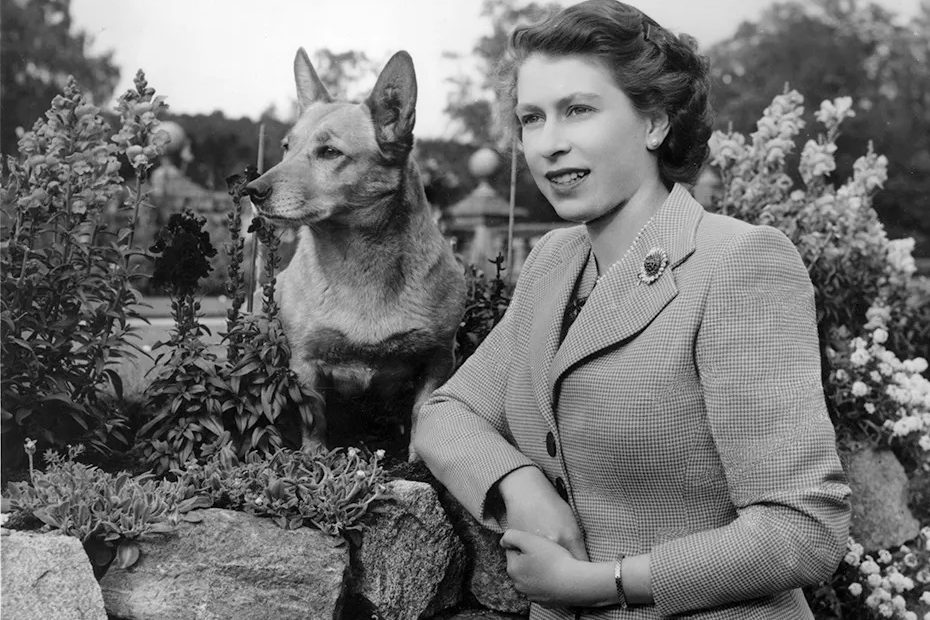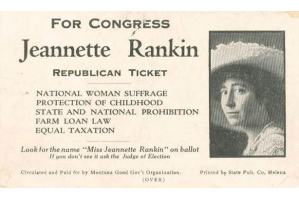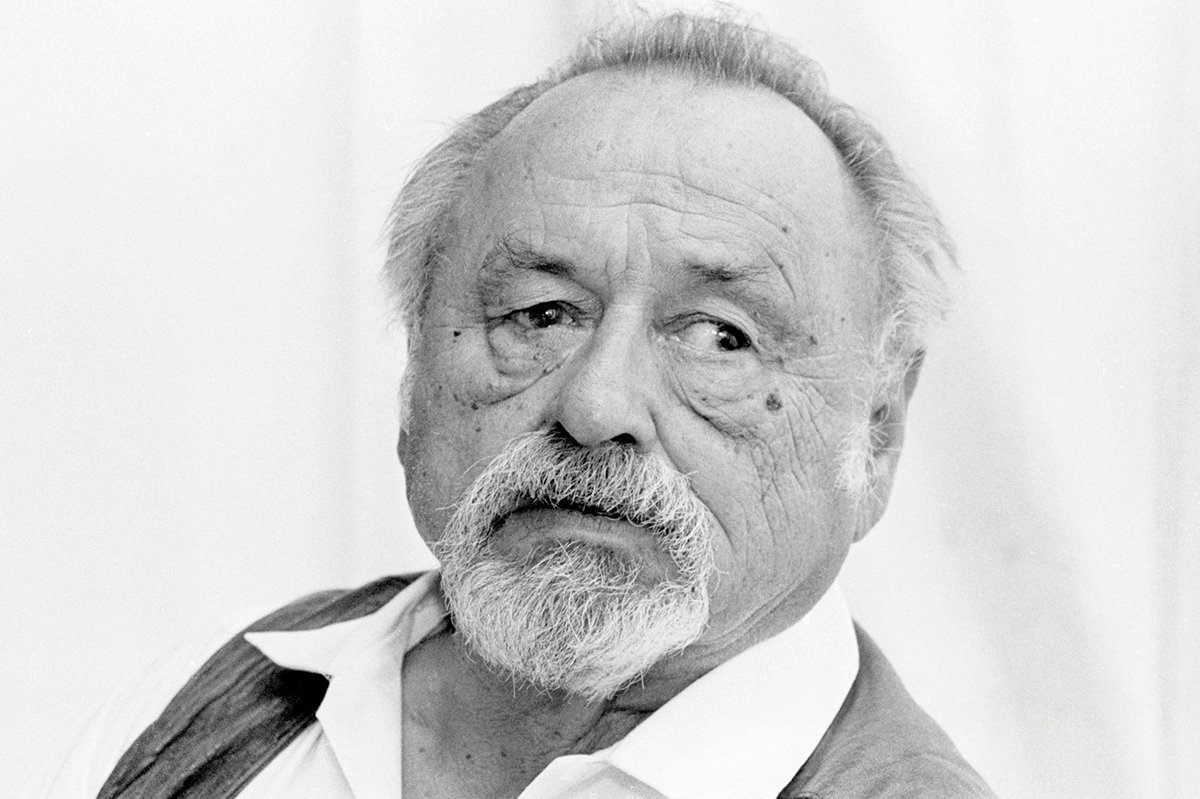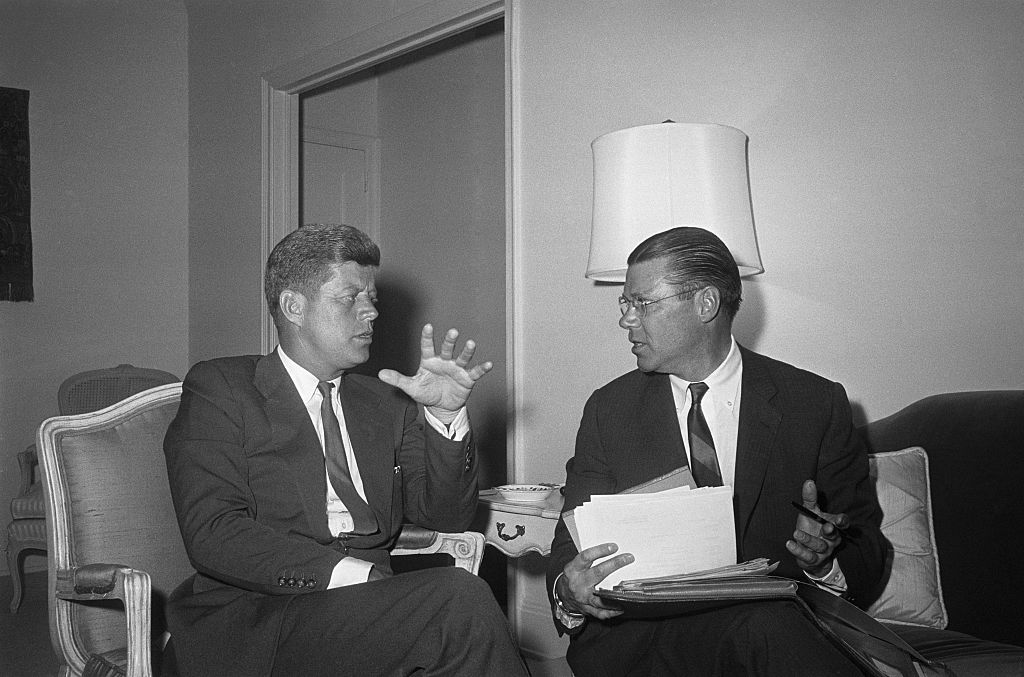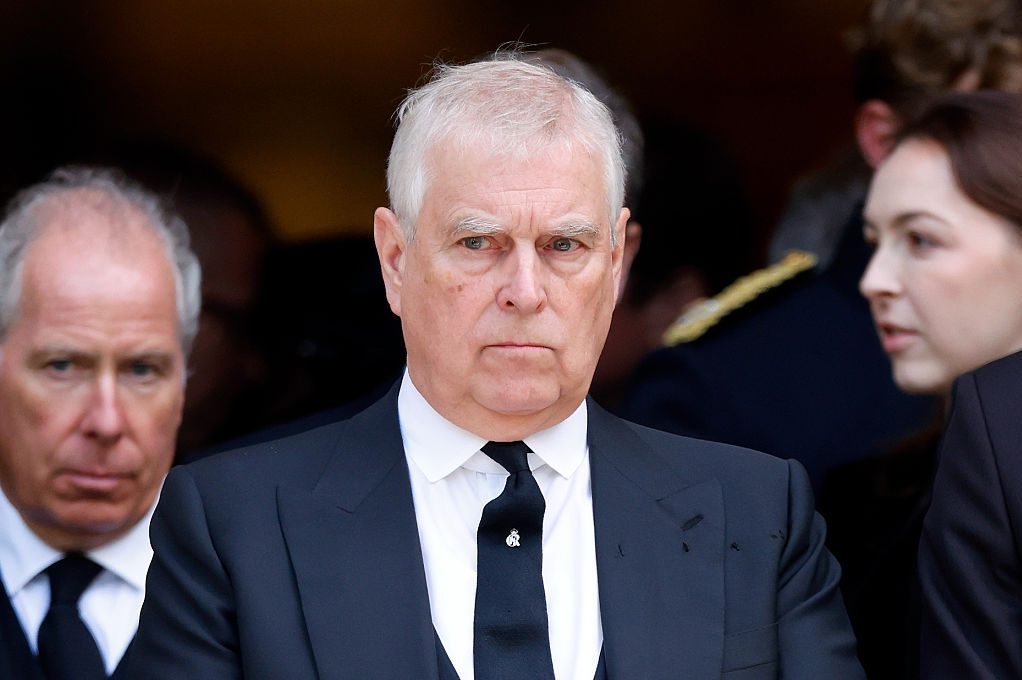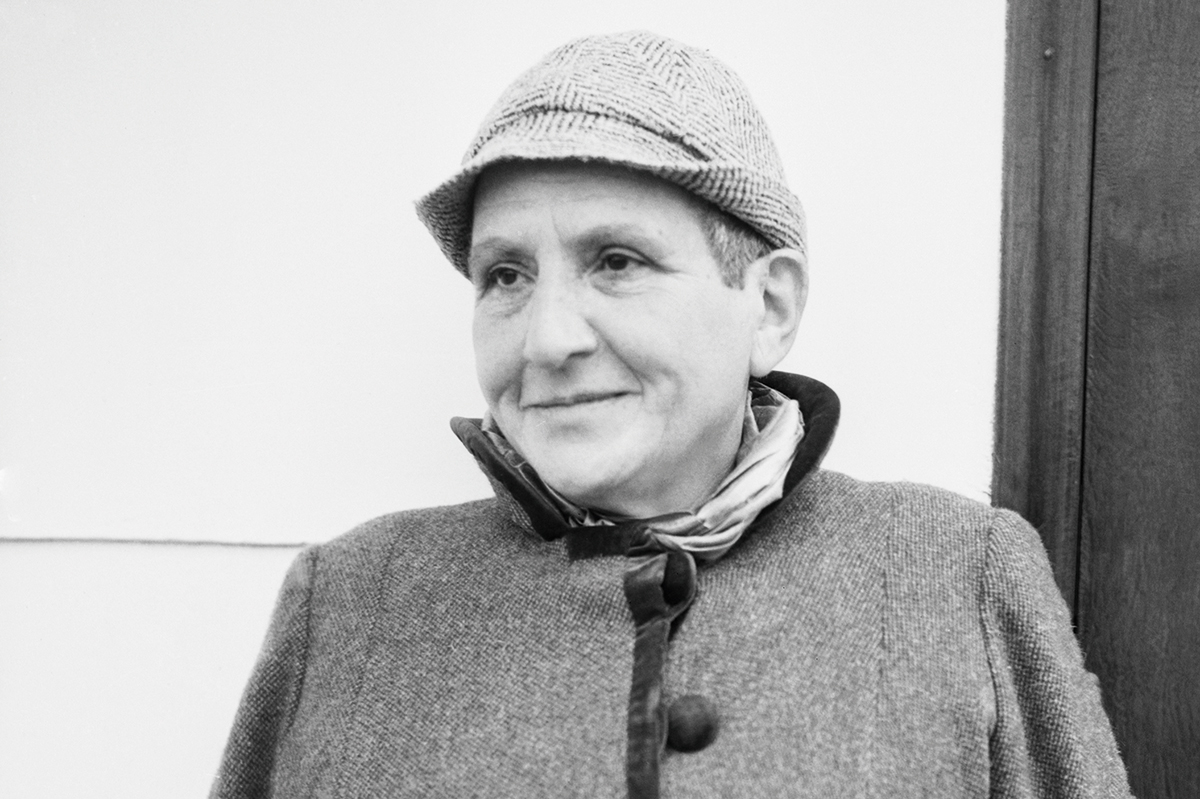For the moment, can there be anything new to say about Elizabeth II? In time, the archives will open up and more of her correspondence and any of the diary we know she kept will be made available to the public. (I wouldn’t get too excited — no monarch’s diary since Victoria’s has had much to tell us about its writer). But for now you would be forgiven for thinking every scrap has been gone over, every anecdote and every major or minor event in a long life.
In an excruciating encounter with HM, Brown told her the plot of The Resistible Rise of Arturo Ui
The first published biography of Elizabeth II came out in 1930, when she was four years old. When she died in 2022, she had been constantly written about for almost a century. In some ways we know more about her than about anyone who ever lived. The events of her life are minutely chronicled from hour to hour. We know so much about her speech, her voice recorded and preserved from her early teens to shortly before her death at ninety-six, that her vowels could be the subject of a valuable linguistic study in the pronunciation shifts in upper-class English.
She pervaded Western lives for so long that we still say “the Queen” when we mean her, and not the present one; we dreamt and dream about her; our encounters with her, near or remote, were always worth preserving. Yet, wading through the immense bibliography, we come very quickly to the limits of what is known, and the interminable repetition of the same episodes. Perhaps, one might think, there could be a moratorium on the subject.
That, however, was before Craig Brown turned his mind to it. A Voyage Around the Queen is an extraordinarily original, enlightening and fresh look at Elizabeth II. It produces an enormous amount of surprising and fresh material. (In the interests of full disclosure, it also devotes a chapter to an article I wrote about gay men’s obsession with her.) It has a brilliant premise: since Elizabeth pervaded everyone’s life to such a degree, we can learn a lot about her, and about the world that made her, by examining the slight, the trivial, the near misses and the total disasters. This is partly a book about us all — the way we chose to think about and look at Elizabeth. It is, above all, extremely funny.
Most writers about royalty are not funny at all, and those who choose to be hive it off into a toilet-book anthology of “The Wit and Wisdom of Prince Edward,” or whatever. Brown sees, correctly, that comedy is a part of all that is serious, and by laughing at things we have a better understanding of their nature. Brown starts from an intrinsically comic point: that we almost certainly know more about the royal family than we do about our own. Not “more is known,” but we ourselves, individually, know more. He writes:
I know more about the Queen’s children than I do about my own siblings… I know, for instance, how the Windsor children got on at their various schools, and the exams they took, and their favorite books and television programs, and what makes them laugh, and their various girlfriends and boyfriends and their opinions on everything from architecture to sex,
They are, however, the antidote to laughter in person. Brown catalogues the occasions when audiences at comic smash-hits were reduced to sober silence because of the presence of a royal in the theatre. Royalty can themselves be funny — “Oh come on, Garter, darling,” Lord Snowdon said to the Garter King of Arms, rehearsing the Prince of Wales’s investiture, “can’t you be more elastic?” But no one laughs, it seems, if royalty can hear. (The king, however, does make a gesture of laughing uproariously in theaters pour encourager les autres.)
Comedy is embedded in exactness; it can turn on a pause or a comma. It also rests on a proper valuation of the trivial. Brown is the most precise of literary parodists — some of his Private Eye pastiches in the voice of Elizabeth are rightly included here. Much of the value of his estimation of other observers of the monarch is of a stylist who uses diction as evidence of truth. (Doubt is cast on Woodrow Wyatt’s diaries, I think justifiably.) Prince Harry comes off particularly badly, as Brown homes in on stylistic contributions to his supposed voice from his American ghostwriter — “I was conversant with the general contours” — and on insights straight out of The Crown’s absurd fantasies.
There are extremely amusing collections of fragments showing how commentators settle on the same word (one chapter on “radiant” really shines); or on Elizabeth’s idiosyncratic use of words, such as “How interesting” to indicate that an encounter was at an end:
When the Queen eventually reached him, she asked ‘What do you do?’ He duly informed her that he was a leading union official. ‘How very, very interesting,’ she replied and moved on.
Brown’s focus on trivial specifics that would be beneath more pompous biographers brings rich rewards. Twice, tarmac is laid for the specific purpose of sparing the royal gaze some indignity, and ripped up afterwards. The automatic flush in a gents’ restroom is turned off lest the royal ear, passing, be offended. In 1949, the Daily Mail reported breathlessly that “Bristol schoolchildren are to be shown how to cheer and yet remain dignified when Princess Margaret visits the city next month.”
In a chapter on the catastrophe that was It’s a Royal Knockout, Brown goes a lot further than anyone else in transcribing the material. An argument, reproduced verbatim, between the Duke of York and the compères shows without doubt what a disaster the humorless duke was bound to inflict on the institution. There is a Byzantine chapter on the rules of curtseying, and on Margaret Thatcher over-doing it. We also hear of overwhelmed foreigners hurling themselves dauntlessly into rococo verbal periphrasis or casting themselves prostrate before Her Majesty — “He can get up, you know.”
But much of it is about Elizabeth’s effect on her subjects, with well chosen photographs casting light on the age. There is the street party to celebrate the coronation outside 10, Rillington Place, Notting Hill, just three months after the bodies of John Christie’s victims were extracted from behind his partition walls. Or Shinners, the Sutton department store, celebrating the Silver Jubilee:
Oh to be in England Now that Spring is here Oh to be in Shiners (China and Glass) In Jubilee Year
Some of the book is personal. There is a wonderfully absurd chapter about bidding for royal mementos at a Colchester auction house, at which Brown deeply regrets missing out on a royal petticoat, Elizabeth’s wartime driving licence and, worst of all, a piece of the Princess Royal’s wedding cake which went for only £65 ($85). We have Brown’s dreams of monarchy, as well as those of many others, and a truly excruciating real-life encounter between the young Brown and HM, during which he told her the plot of Brecht’s The Resistible Rise of Arturo Ui.
Painters are significant. As Ben Pimlott noted long ago in his own thoughtful biography, portrait painters are among those who spend most time alone with a monarch. Here we have not just Lucian Freud but Andy Warhol (who did Elizabeth remotely) and an excruciatingly funny chapter about Rolf Harris’s blundering conversation while perpetrating an atrocity: “Trying not to do a formal, state-occasion type painting, but something to capture the real you.” Brown writes: “The whereabouts of Rolf Harris’s portrait of the Queen remains unknown.”
There is a Byzantine chapter on the rules of curtseying, and on Margaret Thatcher overdoing it
Most of all in this magnificent book we have a sense of the monarch being looked at freshly, without any prejudice or point to prove, and with a real understanding of human complexity. In one episode, Elizabeth terminates the employment of her long-standing racing manager Dick Hern after he had broken his neck and suffered a heart attack, evicting him from his grace-and-favor house. In Brown’s telling, Elizabeth emerges without credit. But it is balanced by stories of great humanity. Her kindness to the teenaged Timothy Knatchbull after the IRA bomb that killed half his family, including his twin brother and Lord Mountbatten, is beautifully affecting.
Grandest of all is Elizabeth’s encounter with one of the greatest Australian painters. In the summer of 1990, Clifford Possum Tjpaltjarri, who spoke half a dozen aboriginal languages but little English, was flown to London for his second solo exhibition. He had somehow understood that, once there, he would meet the Queen, and had given a press interview in Alice Springs informing the world of this. No such arrangement had been made. His gallerist, Rebecca Hossack, was horrified — yet another occasion, she thought, of white people making promises to aboriginals they could not keep. On the first night, however, a man walking in Fitzrovia saw the display and entered without an invitation. It was Lord Harewood, who, the morning after talking to Hossack, telephoned: “I’ve spoken to my cousin the Queen and she would be delighted to meet you and Clifford at the Garden Party this afternoon.”
Clifford Possum was installed in a morning suit. He painted his white tennis shoes with his ancestral “Possum Dreaming” and put his paintbrushes in his top hat. And the Queen came up to him:
Clifford was very dignified. He and the Queen had a conversation… they were actually communicating. She had bush tobacco in her garden. Aboriginals chew it, and he noticed it, and so he and she talked about that… It was an encounter between two impressive people from very different worlds.
Like much in this book, the story represents a recognition of greatness, observable in many different ways. It is hard to think that a more thoughtful book on its subject will be published for many years.
This article was originally published in The Spectator’s UK magazine. Subscribe to the World edition here.



